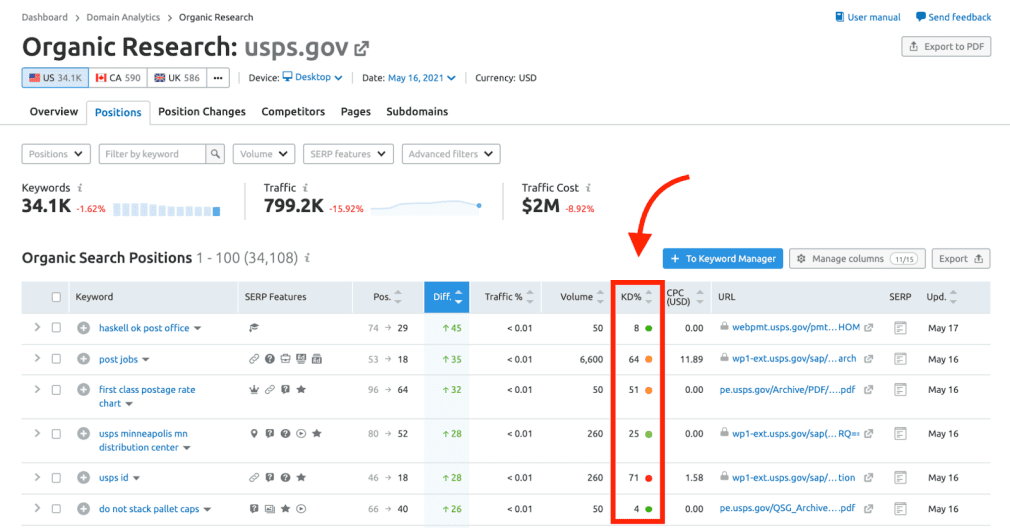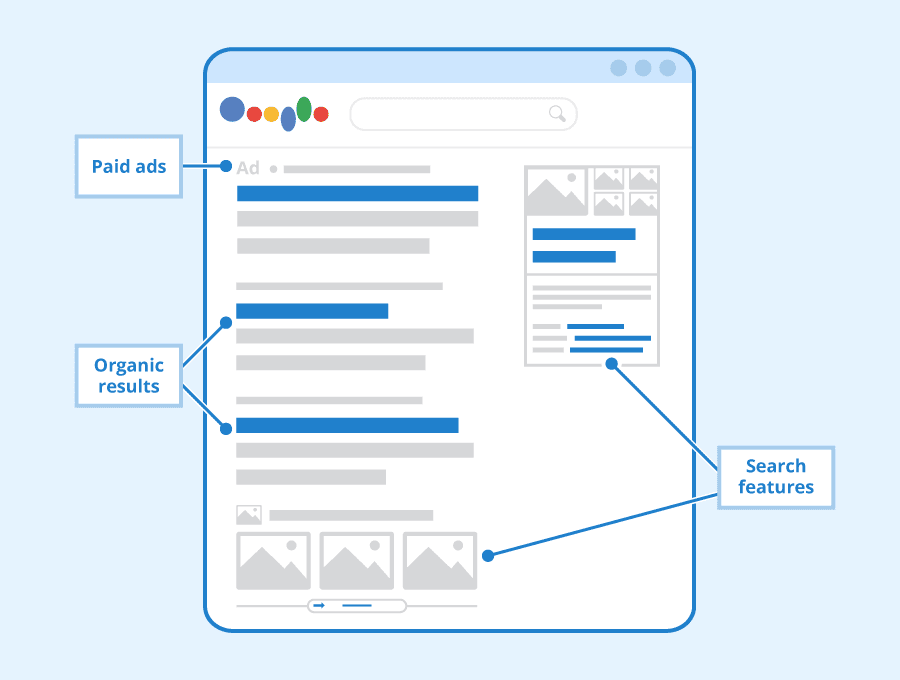
Introduction
Keyword research is a foundational element of any successful SEO strategy. It involves identifying and analyzing the search terms that people use to find information online.
Effective keyword research can help drive organic traffic to your website, improve your search engine rankings, and ultimately increase your business’s visibility and success.
Here are the key aspects of keyword research that you need to know:
1. Understanding Search Intent
Search intent refers to the reason behind a user’s query. Understanding the intent helps you create content that fulfills the user’s needs. There are four main types of search intent:
- Informational: Users are looking for information (e.g., “how to cook pasta”).
- Navigational: Users are trying to find a specific website (e.g., “Facebook login”).
- Transactional: Users are ready to make a purchase (e.g., “buy iPhone 12”).
- Commercial Investigation: Users are researching products before buying (e.g., “best smartphones 2024”).
By understanding the search intent, you can tailor your content to match what users are looking for, which can significantly improve your SEO performance.

2. Keyword Relevance
Relevance is crucial for targeting the right audience.
Ensure that the keywords you choose are directly related to your business, products, or services.
Irrelevant keywords can attract the wrong audience and increase bounce rates.
Relevant keywords not only drive traffic but also improve engagement and conversion rates because they attract users who are genuinely interested in what you offer.
3. Search Volume
Search volume indicates how often a keyword is searched for in a given period, usually monthly.
Higher search volume means more potential traffic. However, high-volume keywords often come with higher competition.
Finding a balance between search volume and competition is key to selecting effective keywords.

4. Keyword Difficulty
Keyword difficulty measures how hard it is to rank for a particular keyword.
High difficulty means more competition. Use tools like Ahrefs, SEMrush, or Moz to gauge keyword difficulty.
Targeting keywords with moderate difficulty can be more effective, as they are easier to rank for while still offering good traffic potential.

5. Long-Tail Keywords
Long-tail keywords are longer, more specific phrases that usually have lower search volumes but higher conversion rates.
They are less competitive and more targeted. For example, instead of targeting “restaurants,” you might target “best Italian restaurants in New York.”
Long-tail keywords help you attract a more precise audience, leading to better engagement and conversions.
6. Commercial Value
Commercial value refers to the potential monetary value a keyword can bring.
Keywords with high commercial intent (e.g., “buy,” “discount,” “deal”) are more likely to convert visitors into customers.
Assessing the commercial value of keywords can help prioritize those that are more likely to drive sales and revenue.
7. Keyword Trends
Trends help you understand how the popularity of a keyword changes over time.
Use tools like Google Trends to identify seasonal trends or emerging keywords in your industry.
Staying ahead of trends can give you a competitive advantage and help you capitalize on growing search interests.
8. SERP Features
Search Engine Results Page (SERP) features include rich snippets, knowledge panels, and local packs.
Analyzing which SERP features appear for your target keywords can help you optimize your content to gain visibility in these areas.
Optimizing for SERP features can enhance your click-through rates and improve your site’s visibility.

9. Competitor Analysis
Analyzing competitors involves examining which keywords your competitors are ranking for and identifying gaps in your own keyword strategy.
Tools like Ahrefs, SEMrush, and SpyFu can help with competitor keyword analysis.
Understanding your competitors’ keyword strategies can provide insights and help you find opportunities to outperform them.
10. Localization
Localization is important for businesses targeting specific geographic areas.
Include location-based keywords to attract local traffic (e.g., “plumber in Los Angeles”).
Localized keywords help you connect with nearby customers and improve your relevance in local search results.

Conclusion
Effective keyword research involves understanding search intent, evaluating search volume and competition, and selecting relevant keywords that align with your audience’s needs.
By leveraging tools and analyzing trends, you can develop a robust keyword strategy that drives organic traffic and improves your search engine rankings.
Stay proactive and continuously optimize your keyword strategy to maintain a competitive edge in SEO.

